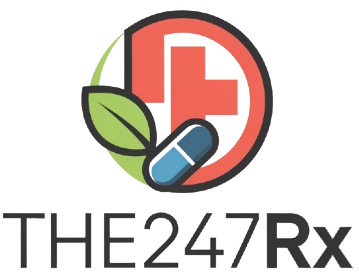Quitting smoking is a monumental step toward better health, but the path to becoming smoke-free varies for everyone. Two common approaches are quitting “cold turkey“—stopping abruptly without aids—and using medications like varenicline.
We’ll look into these methods to understand their effectiveness, challenges, and what might work best for you.
The 2 Common Ways
Cold Turkey
This method involves stopping smoking suddenly without the use of nicotine replacement therapies or medications. It’s appealing due to its simplicity and the idea of eliminating nicotine immediately.
Varenicline
Varenicline is a prescription medication that targets nicotine receptors in the brain, reducing cravings and withdrawal symptoms. It also diminishes the rewarding effects of smoking, making it less pleasurable.

Effectiveness: What Do the Numbers Say?
Quitting smoking is tough, and success rates vary between methods:
Cold Turkey
Some studies suggest that quitting cold turkey can be effective. For instance, research from Harvard Health found that individuals who quit abruptly had higher success rates compared to those who gradually reduced smoking.
A recent study randomly assigned about 700 participants to either gradually cut back on smoking over two weeks or quit abruptly on a set quit date. Both groups were offered counseling support as well as nicotine patches and other forms of short-acting nicotine replacement. The group assigned to cold turkey was significantly more successful at quitting smoking, both at the 4-week follow-up (49% vs. 39%) and the 6-month follow-up (22% vs. 15%) (What’s the best way to quit smoking? – Harvard Health).
Varenicline
Clinical trials have demonstrated that varenicline can significantly aid smoking cessation. A study published by the American Family Physician reported that varenicline is more effective than nicotine patches and bupropion, with higher abstinence rates at six months.
The ATS recommends varenicline (Chantix) as the most effective medication for smoking cessation. Compared with nicotine patches, varenicline is more effective and better tolerated. For every 25 people treated, one additional person will remain abstinent at six months using varenicline instead of a nicotine patch (Medications for Smoking Cessation: Guidelines from the American Thoracic Society | AAFP).
Pros and Cons
| Method | Pros | Cons |
|---|---|---|
| Cold Turkey | Immediate cessation of nicotine intake. No need for medications or therapies | Higher likelihood of withdrawal symptoms. Lower long-term success rates without support. |
| Varenicline | Reduces cravings and withdrawal symptoms. Blocks the pleasurable effects of nicotine. | Potential side effects, including nausea, sleep disturbances, and, in rare cases, mood changes. Requires a prescription and adherence to a dosing schedule. |
Personal Considerations
Choosing the best method depends on individual factors:
Motivation and Willpower
Cold turkey may suit those with strong determination and support systems.
Previous Attempts
If past cold turkey attempts were unsuccessful, varenicline or other aids might be worth considering.
Health Conditions
Consult with a healthcare provider to ensure varenicline is safe, especially if you have underlying health issues.
Combining Methods for Success
Some evidence suggests that combining varenicline with other forms of support, such as counseling or nicotine replacement therapies, can enhance success rates. A comprehensive approach addresses both the physical and psychological aspects of nicotine addiction.

2 Important Factors: Commitment and Support
There’s no one-size-fits-all answer to quitting smoking. Whether you choose to quit cold turkey or with the assistance of varenicline, the most important factors are your commitment and the support you have in place. Consulting with a healthcare professional can provide personalized guidance tailored to your needs.
The journey to becoming smoke-free is personal, and finding the right path is key to long-term success.





